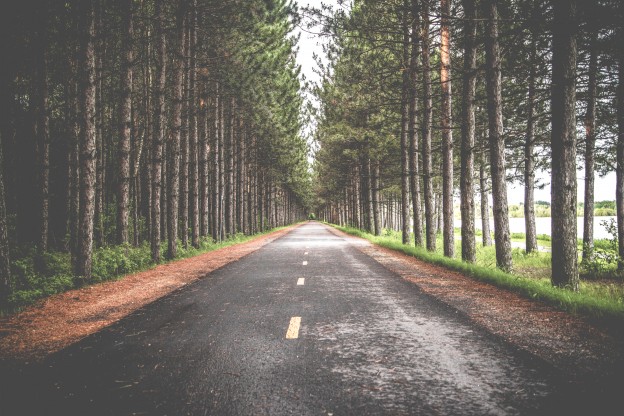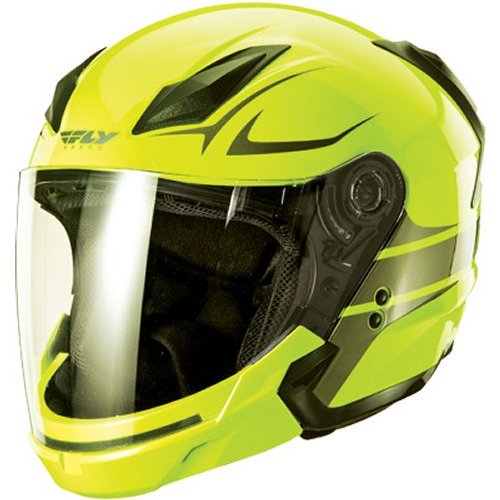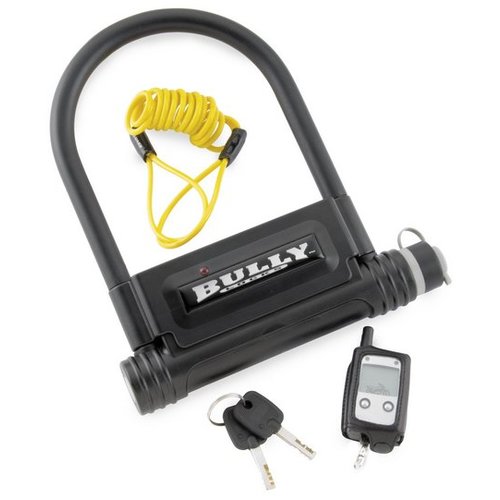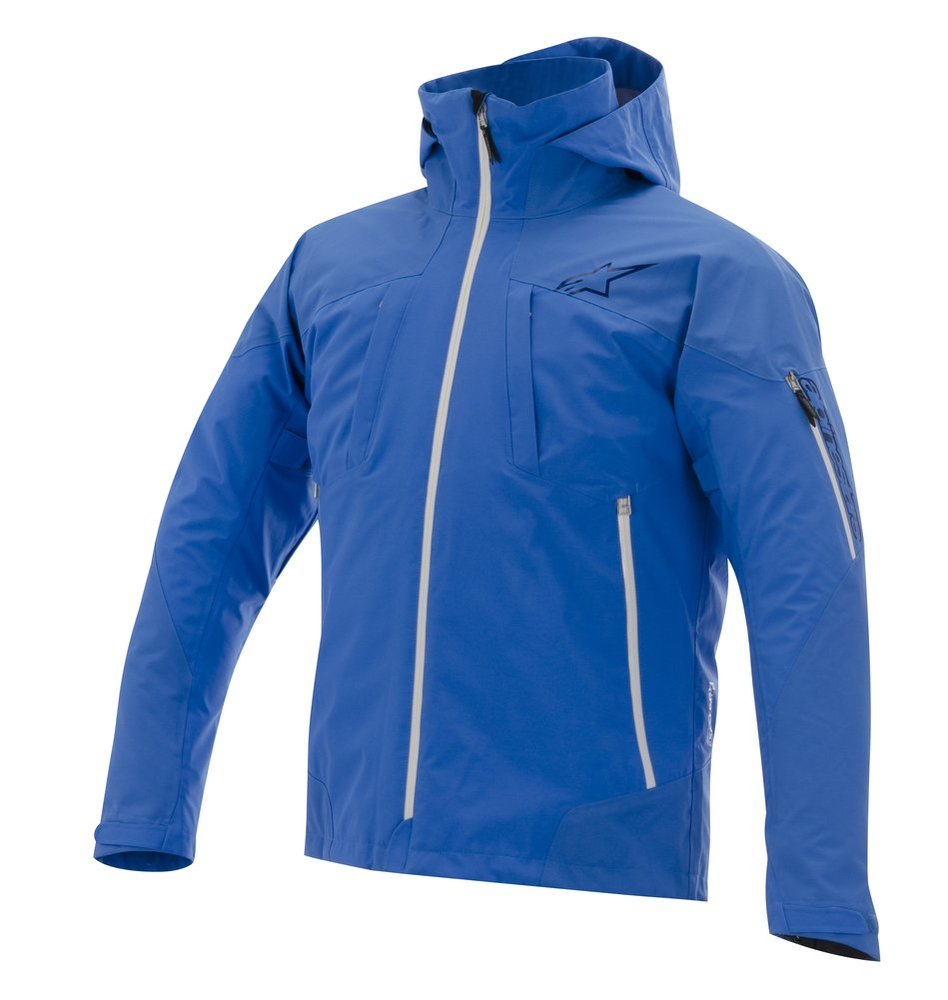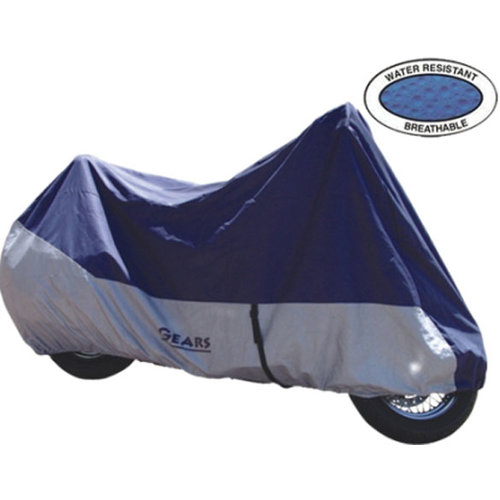Packing for a long road trip can become a big chore. Do I really need this? Can I live without that? These are common questions that cross every biker’s mind when preparing for a motorcycle trip. While you can’t bring everything your house, there are some things that you should definitely bring along with you. We put together a list of touring essentials to keep you comfortable and safe on your trip.
Helmet
We say this all of the time: wearing a helmet significantly improves your protection in the case of an accident. Depending on what states you are visiting, you may or may not be required by law to wear a helmet. The choice is up to you, but we consider a helmet to be a riding essential. We suggest a bright helmet such as the Fly Racing Tourist Open Face Helmet to help you be more visible to other motorists on the road.
Plastic Ziploc & Trash Bags
Plastic storage bags can be used for a variety of things. You can roll your clothes and organize them with gallon sized bags. They also serve as an extra barrier between your clothing and rain (if you run into it). You can thank us later when you have a dry outfit to change into.
Bike Lock
One of the worst things that could happen and ruin your motorcycle trip is having your bike stolen. A bike lock serves as both a protection against theft and a deterrent. It is much cheaper to buy a bike lock than to buy a whole new bike (and gear). We suggest a lock with an alarm such as the Bully Locks Alarm Lock with Pager. An alarm not only deters a thief from following through, but also alerts you and others around that something is happening.
Map or GPS
Where would we be without GPS? Or should we say our smartphone? Although technology is a great tool, we recommend carrying a back up paper map just in case your phone dies, breaks, etc. There are few things more stressful than being lost in an unfamiliar place without directions.
Waterproof Jacket
Whether or not you anticipate rain on your trip, it is well worth it to pack a waterproof jacket just in case. Look for one that has added protection in the case of a crash, such as the Alpinestars Lance 3 Layer Waterproof Textile Jacket. It is best to pack your rain jacket towards the top of your saddlebag so that it is easily accessible.
Emergency First Aid Kit
…simply because accidents of all levels happen from time to time. Some things we recommend you pack in your first aid kit are band aids (multiple sizes), aspirin or other painkiller, insect bite relief spray or cream, eye drops, lip balm, sunscreen, emergency contact information, and antibiotic ointment.
Flat Tire Repair Kit
There are a ton of flat tire repair kits on the market, so take your pick. We like the Bikemaster Tire & Tube Flat Repair Kit because it has everything you need in one compact bag.
Bike Cover
Bike covers are a lifesaver in the rain, but are also nice to keep morning/evening dew off of the seat. They also can be a theft deterrent. We have a variety of different sizes available on our website.
Water Bottle or Hydration Pack
This one is especially important for high-mileage days. A hydration pack is a good idea for days that you don’t plan on making a lot of stops. Drinking water will help ward of headaches and keep you feeling good during your trip.
Gloves
Hands are one of the first body parts to get cold in windy or rainy conditions. Look for gloves that are both water and windproof, such as Tour Master’s Dri-Perf Gel Leather Gloves. You will want to pack your gloves towards the top of your bag along with your jacket for easy access.
No matter what you decide to pack for your road trip, it is important to make sure you evenly distribute the weight on both sides of your motorcycle!
Riders Discount provides a vast variety of gear to suit your riding needs. As always, Riders Discount is here to help you make every ride the perfect (and safest) ride. Visit our website to find the right gear for your next trip. Our expert sales team is here for you by phone 10AM-6PM ET M-F 1-866-931-6644 or email at support@ridersdiscount.com.
Latest posts by Riders Discount (see all)
- Alpinestars Tech-Air Race Airbag System - September 12, 2018
- Shoei X-Fourteen Marquez 5 Helmet - September 11, 2018
- Cortech Adrenaline 3.0 RR Gloves - September 4, 2018


